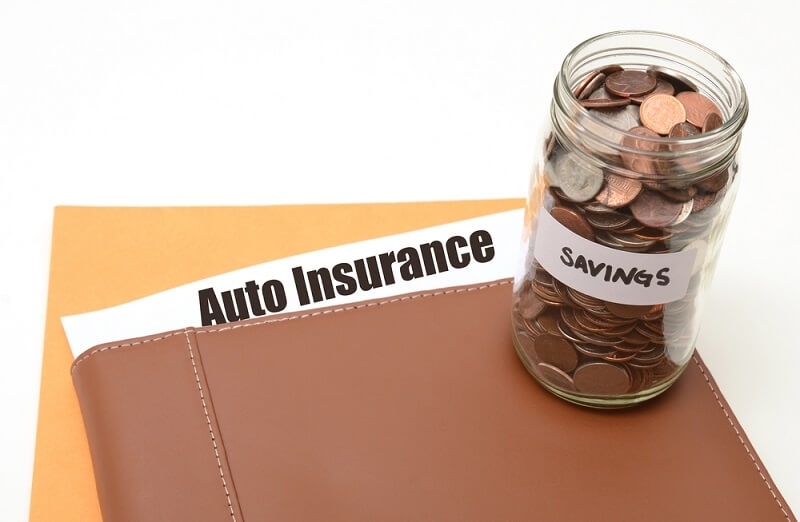
Every car owner is stuck paying for auto insurance, an expense you can’t escape. Auto insurance is needed for financial protection and legal compliance, often including supplemental protection. However, the cost of coverage can be a heavy burden. On the bright side, you can keep buying the right auto insurance without sacrificing coverage to save money on the premiums. With the right ideas, it is possible to cut your auto insurance costs and still have the peace of mind knowing you have a policy that protects your interests.
In this guide, we summarize specific ways to lower premiums on auto insurance, how the auto insurance discounts work, and a few ways to get you the cheapest auto insurance without the scary feeling of being underinsured while on the road. You’ll come away from this knowing how to lower your car insurance premiums without losing the necessary auto insurance!
Before you can start cutting costs, it is helpful to understand the reasons behind your bill. Many drivers will be shocked at the number of different pricing-related factors. Guessing the number of jelly beans in a jar is like guessing the number in a jar. Below are a few of the most significant contributors to pricing.
Once you understand these factors, you can focus on safely saving money on auto insurance and other ways to cut costs.

These are proven and practical ways to keep your premiums low without compromising critical coverage.
Insurance companies do not all price the same way. You could get two quotes for drivers with similar circumstances based on the company. Comparing more insurance providers is one of the simplest ways to find the cheapest auto insurance rates.
Tip: While you are comparing, be sure to look more closely than just at the price—check out the details of your coverage to ensure you aren't giving up something you need.
You should consider bundling if you have a home, rent an apartment, or have other insurance needs. Companies frequently discount you by bundling your multiple policies, such as auto + home or auto + renters.
This is one of the easiest car insurance discount precautions explained—you are rewarded for your loyalty to one company.
The deductible is the amount you must pay out of pocket before the insurance company begins paying your claim. By raising your deductible, you would pay a lower premium on most occasions.
However, it is only smart if you can reasonably afford to pay that deductible if you have a claim. It balances your short-term savings and your long-term risk exposure.
Insurers love low-risk customers. You can get great, safe driver auto insurance discounts if you record no accidents or traffic violations! Some companies even offer money off your premium if you take a defensive driving course or utilize an app or tracker showing you are a safe driver.
If you don't drive often, usage-based or "pay-per-mile" insurance could perfectly fit you. Instead of paying a monthly premium, you will be charged according to how many miles (and how safely!) you drive.
This can be particularly useful if you work remotely, are retired, or don't easily drive thousands of miles a year.
In places where a credit score matters when pricing insurance, maintaining good credit habits—paying all your bills on time, keeping your balances low, and avoiding applying for debt—can help lower your costs.
This is considered an indirect, cheap auto insurance tip, but can significantly impact over extended periods.
Why do you need full coverage on a car worth a few thousand dollars? Sometimes, full coverage is a waste of money for older vehicles.
When I say "full coverage," I don't mean dropping your liability (which is usually obligatory everywhere legally). Still, less expensive collision and/or comprehensive coverage is a good way to save money with minimal risk.
There are numerous automobile insurance discounts that different companies offer, such as
The key is asking your insurance company what discounts you may qualify for. The most significant part about the key is that so many people pay more in the first place because they didn't ask.
Not all cars have the same insurance rates regarding coverage. Premiums will be lower for vehicles with better safety ratings, fewer disappearances, and lower repair costs.
Before you purchase your next car, please find out how it will impact your insurance. Almost nobody considers this approach, and it is one of my cheapest car insurance plans.
Life happens—getting married, moving to a safer neighborhood, or getting older (in some cases)—will directly affect your premiums.
You can make it a habit to review your policy each year and see what has changed with your details.
The real trick isn’t just cutting costs—it’s keeping the right balance. Here are a few ways to ensure you’re protected while still saving:
By making smart adjustments, you can enjoy significant savings without exposing yourself.
It’s easy to fall for misconceptions, so let’s set the record straight.
To make things simple, here’s a quick checklist for reducing costs without losing coverage:
Auto insurance doesn't have to drain your wallet. If you take the time to be strategic about it, you can save money on auto insurance while properly covering yourself and your vehicle. Tracking and ways to lower car insurance premiums are innovative coverage selections, discounts, and planning.
Remember, the least expensive policy does not necessarily mean you have the best one. Strive for balance—dependable coverage priced accordingly. Using all the approaches I have outlined here, you will be well on your way to lower premiums and worry-free driving!
This content was created by AI